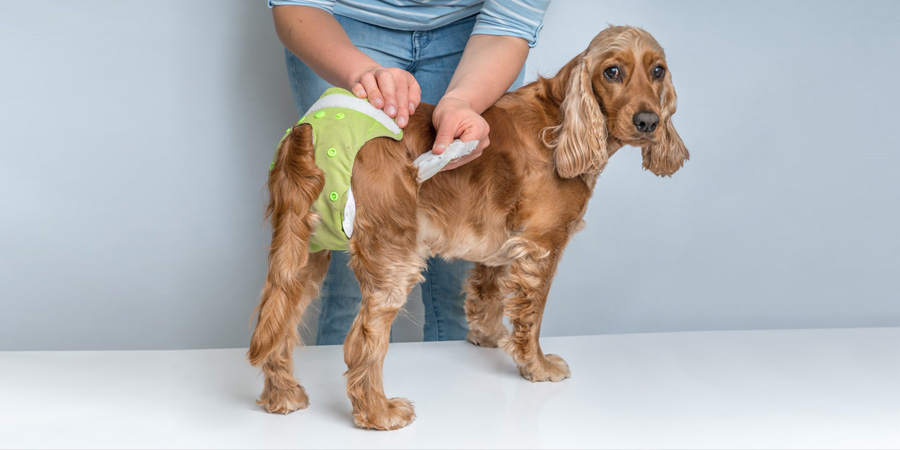
Dog and cat incontinence is one of the most-searched senior pet problems in Google, and is a key reason pet parents of senior cats and dogs struggle to keep their pets comfortable. Incontinence also frequently triggers pet parents to question their pet’s quality of life.
“For many companion animals, incontinence can inadvertently become a death sentence. But the good news is there are a number of things pet parents can do to mitigate the situation, improving the companion animal’s comfort while lightening their own load as caregiver,” said Dr. Laurie Brush, founder of Heaven at Home Pet Hospice.
The causes of incontinence range from weakening urethral muscles, hormonal imbalances, cognitive changes, thirst-inspiring diseases like diabetes or medications like corticosteroids, to urinary stones or other obstructions. Additionally, pain from arthritis can also interfere with prior potty reliability.
With more than 89 million dogs in the US and 59 million cats, the pet products market has stepped up its game to meet every need of pet parents, including those grappling with potty problems. For cats, for example, there is a wide range of low-rise senior kitty litter boxes designed for better access.=
For dogs, a relatively new trend is eco-friendly pee pads. “Bark Potty” (BarkPotty.com) is an earthy-scented “pee pad” made from bark and infused with bacteria to break down odors, designed for up to a month’s use per pad. Bark Potty is shelf-stable and available as a subscription service. Another service targeting pet parents is DoggieLawn.com – which ships you a patch of real (but hydroponic, soil-less) lawn as frequently as you like.
Either of these options help address the care of canines who can’t quite hold it like they used to, have limited mobility, or whose cognitive decline has caused them to “forget” their potty training. The scent of bark and grass are each powerful enticements to potty.
These items broaden the spectrum of traditional management options like cloth or disposable belly-bands for boys or doggie diapers for girls, medication such as Proin or hormone therapy, and “pee-safe spaces” such as waterproof beds and blankets. A routine veterinary visit or home visit from a hospice veterinarian will help first rule out UTIs, which can be treated with antibiotics, or underlying disease, which can be managed.
Do you struggle with senior potty problems? Get an in-depth guide and schedule a home hospice visit to evaluate and develop a potty plan.
